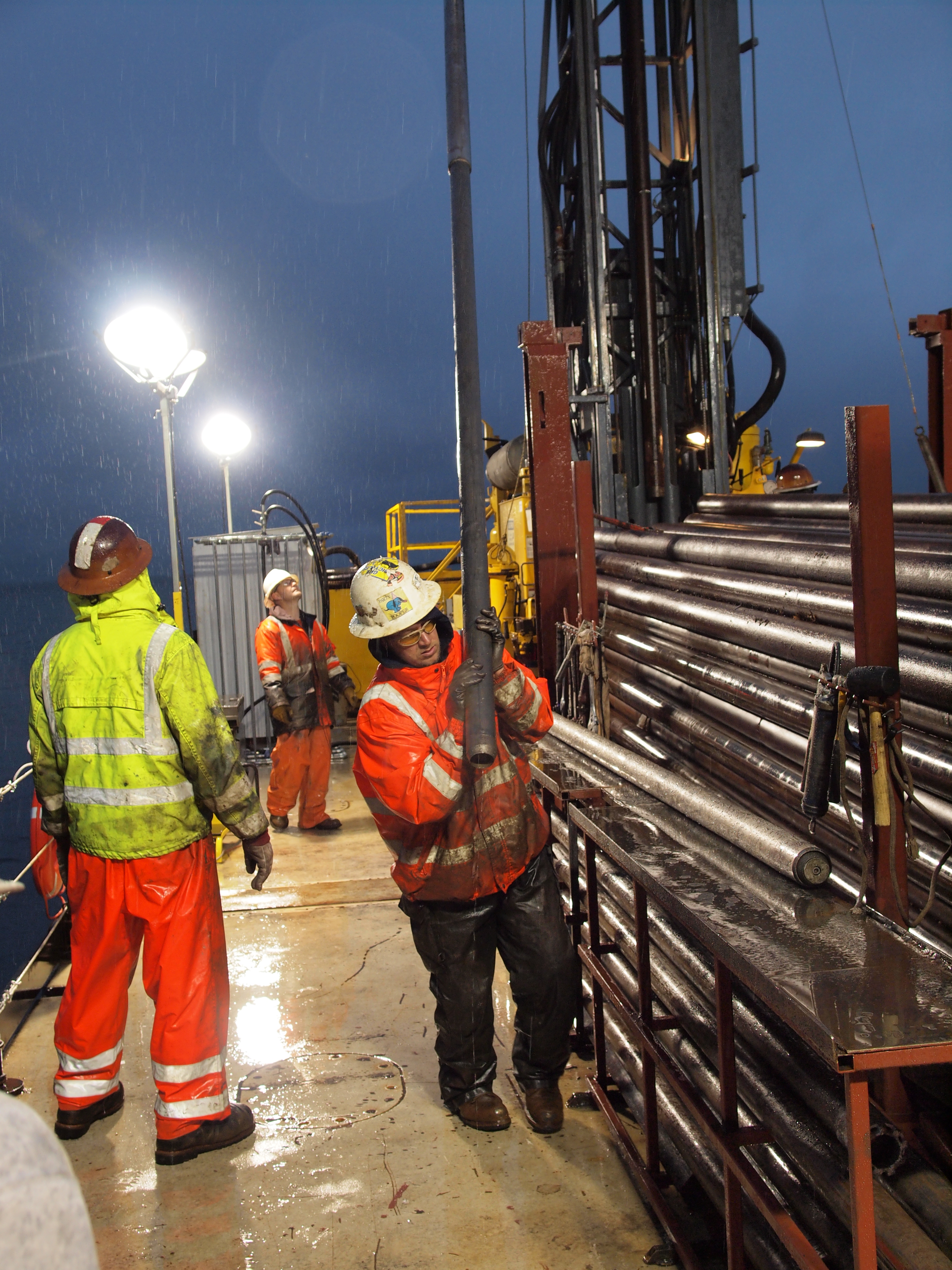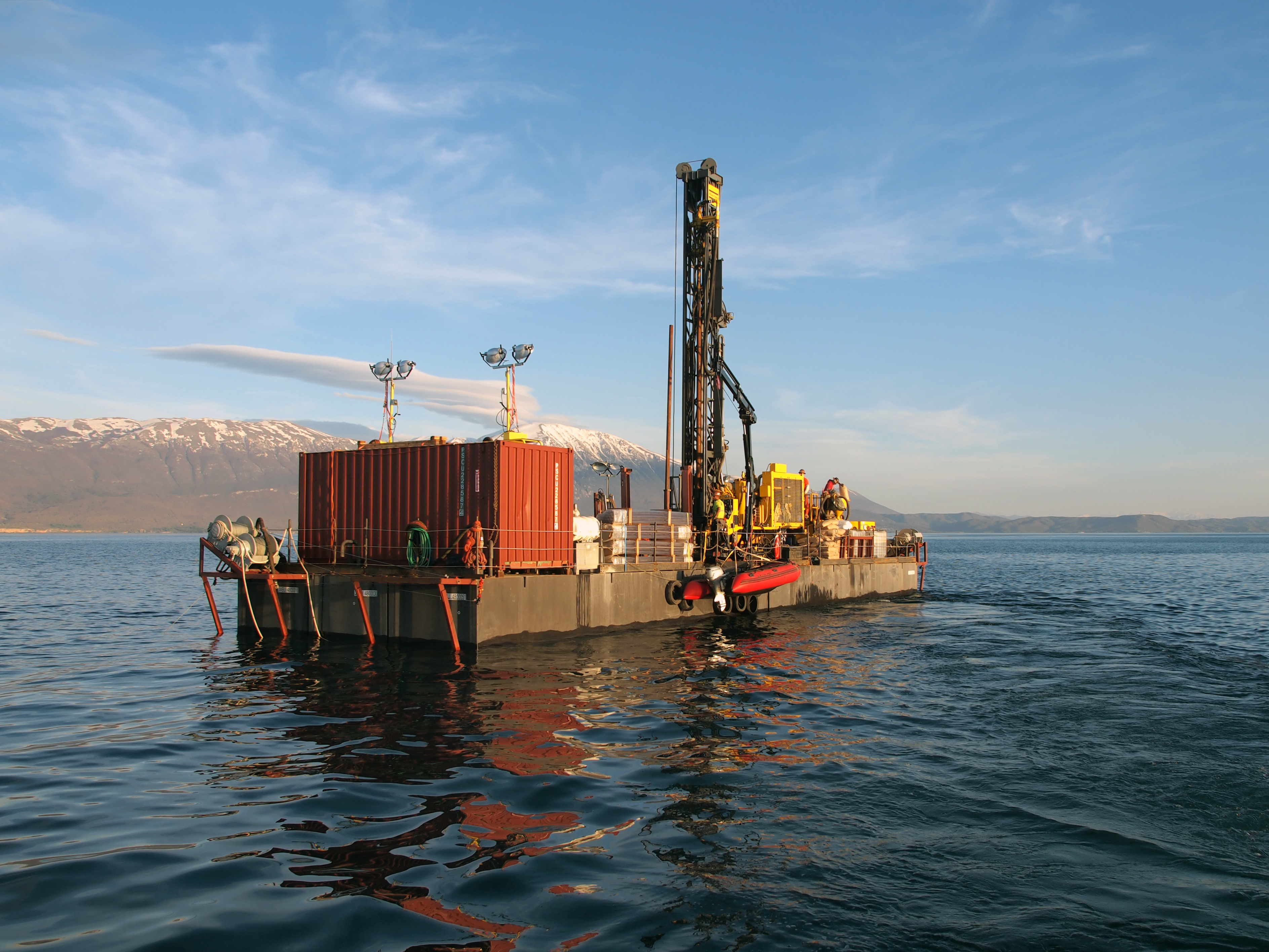SCOPSCO - Scientific Collaboration On Past Speciation Conditions in Lake Ohrid
Evolutionary, geological and environmental history of ancient Lake Ohrid (Macedonia)
Transboundary Lake Ohrid between Albania and Macedonia is considered to be the oldest continuously existing lake in Europe. With more than 300 described endemic species, Lake Ohrid has the highest degree of endemism worldwide, if lake size is taken into account. Therefore, Lake Ohrid is one of the very few lakes in the world representing a hot spot of evolution and a potential evolutionary reservoir enabling the survival of relict species. The continuous existence of Lake Ohrid provides an excellent archive of long and short-term environmental changes in the central northern Mediterranean region.
The International Continental Scientific Drilling Program (ICDP) project SCOPSCO aims to unravel the:
(i) the age and origin of Lake Ohrid (Former Yugoslavian Republic of Macedonia/Albania),
(ii) its regional seismotectonic history, the volcanic activity, and climate change in the central northern Mediterranean region,
(iii) the triggers of biodiversity and endemism
The Lake Ohrid basin formed by transtension during the Miocene and opened later, between the Pliocene and the Pleistocene. According to the new results, Lake Ohrid established de novo in the still relatively narrow valley 1.36 Myr ago. The entire lake history is recorded in a 569 m long sediment sequence, which was recovered from the DEEP site in the central part of the lake in April 2013. The uppermost 447 m of the sediment core cover the entire history of the today existing Lake Ohrid. Numerous tephra layers document the activity of Italian volcanic provinces in the past. The multi-proxy dataset indicates long-term variability, such as glacial/interglacial changes, and short-term environmental change, caused for example by tephra deposition or Heinrich events. Over longer time scales, rainfall proxies in the Lake Ohrid sediment succession indicate a strong correlation with African monsoon strength.
More details about the scientific results obtained within the SCOPSCO project were recently published in Nature , a special issue of the journal "Biogeosciences" (Integrated perspectives on biological and geological dynamics in ancient Lake Ohrid) and in several other specific publications (e.g., about Mediterranean volcanic activity; the evolution of the young Lake Ohrid ecosystem, or paleomagnetic reversals).


